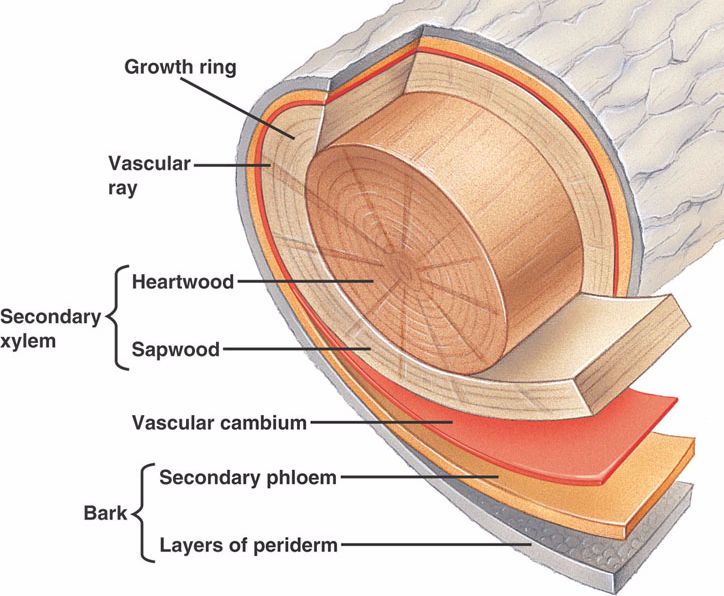Scribe Post 3/13/12
Today in class we:
- Watered and Measured the plants
- Took a Ch.16 Quiz
- Finished Ch.28 Notes
Homework:
- Complete Ch.28 Study Guide due 3/19
- UP pg.41-54 due 3/19
- UP pg.19-34 read and prep lab for tom.
- Wildland project
- Ch.28 Quiz Tuesday 3/20
- BRING TEXTBOOK TOMORROW!
Plant Reproduction
This diagram shows the reproductive process of the male gametophyte (pollen) and the female gametophyte (embryo inside an ovule).
Process of Double Fertilization
The 2 diagrams above show the 4 steps to Double fertilization:
1. Pollination
- A pollen grain sticks to the stigma and germinates then,
- it travels down the pollen tube and stops midway to:
2. Form into 2 sperms
3. Travels rest of the way through the pollen tube to the ovule
4. Double fertilization occurs
- the first sperm fertilizes the egg, forming a normal 2n zygote.
- the second sperm fertilizes two polar bodies to form 3n or the tripod central wall, which later becomes the endosperm that nourishes the embryo.
Seed Formation
-Cotyledons are organs that absorb nutrients from endosperm for the developing embryo
-Embryos develop a tough protective seed coat when mature
-The seed stays dormant until environmental conditions are favorable
Fruit Formation
Fruit= mature ovary
Seed Germination
-The seed coat ruptures as it expands with water
- The embryos' roots emerge first then its' shoots which from a hook to protect it
- The plants' leaves starts to expand and photosynthesize
- Only a small number of seedlings are able to reproduce
Plant Growth
- Some plants have indeterminate growth with means that plants can continue to grow as long as they live
- They have a finite life span
- Annuals mature and reproduce and die all in 1 season Ex.) wheat, corn, rice, impatients
- Biennials grow in the 1st year and reproduce during the second year Ex.) carrots
- Perennials live and reproduce for many years Ex.) trees, shrubs, some grasses
Primary Growth= lengthening
Meristem- are cells that divide to create new cells and tissues
Secondary Growth= thickening
wood= dead tissue
Vascular cambium- generates secondary xylem and phloem. Secondary xylem produced each year gives the thickness of perennial plants and wood= annual growth of rings
Cork cambium protects the stem when the plants' mature, then it dies.
Everything outside the vascular cambium: secondary phloem, cork cambium, cork = bark
Pollinators and flowers have a mutual symbiotic relationship
Flower benefit through seed dispersal and pollination
Pollinators benefit through nectar and pollen for food
Color and fragrance attract the pollinators
Birds see red/pink
Bees use smell
Sincerely,
Nazia
NEXT SCRIBE POST: ***Michael***













